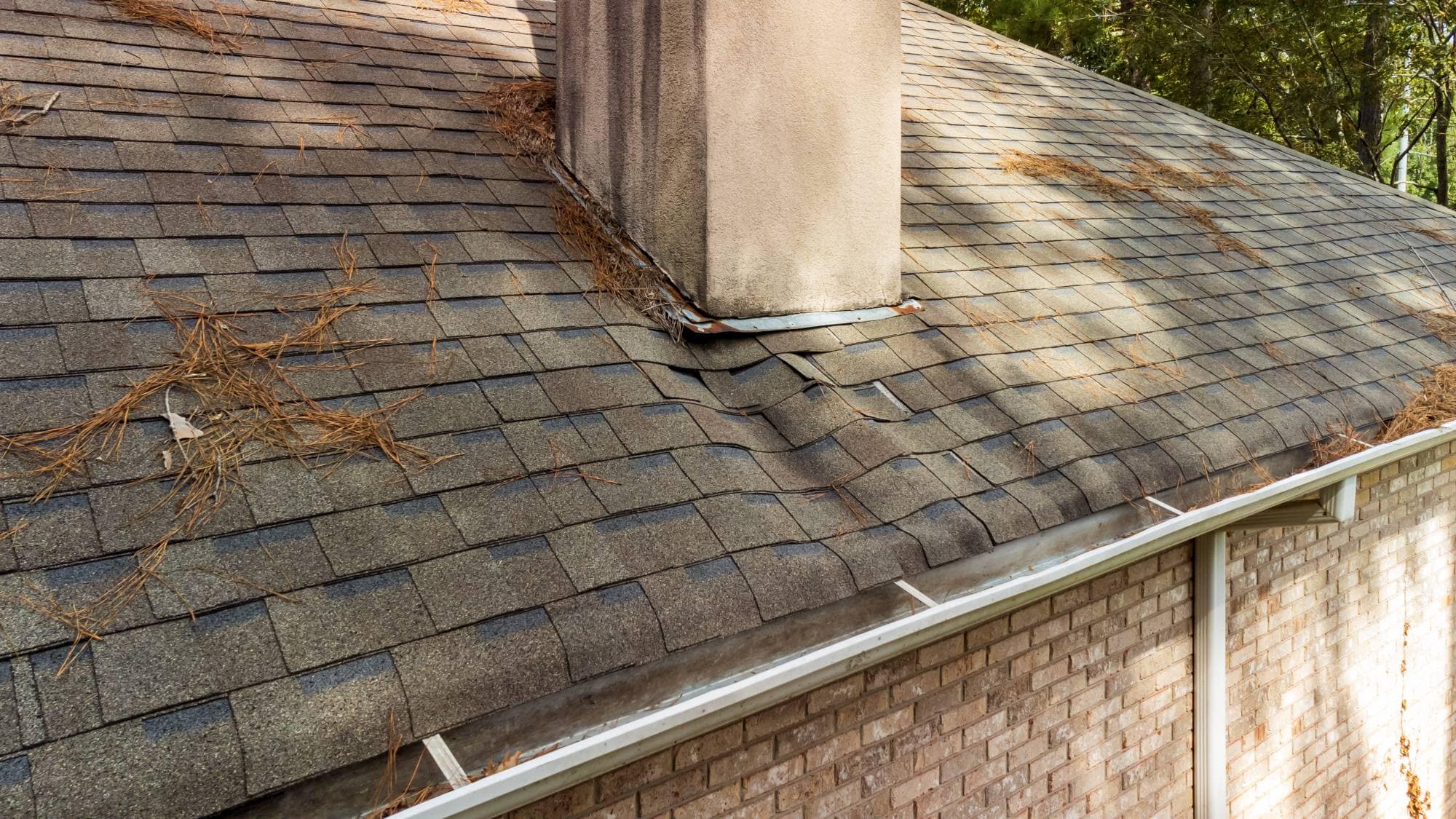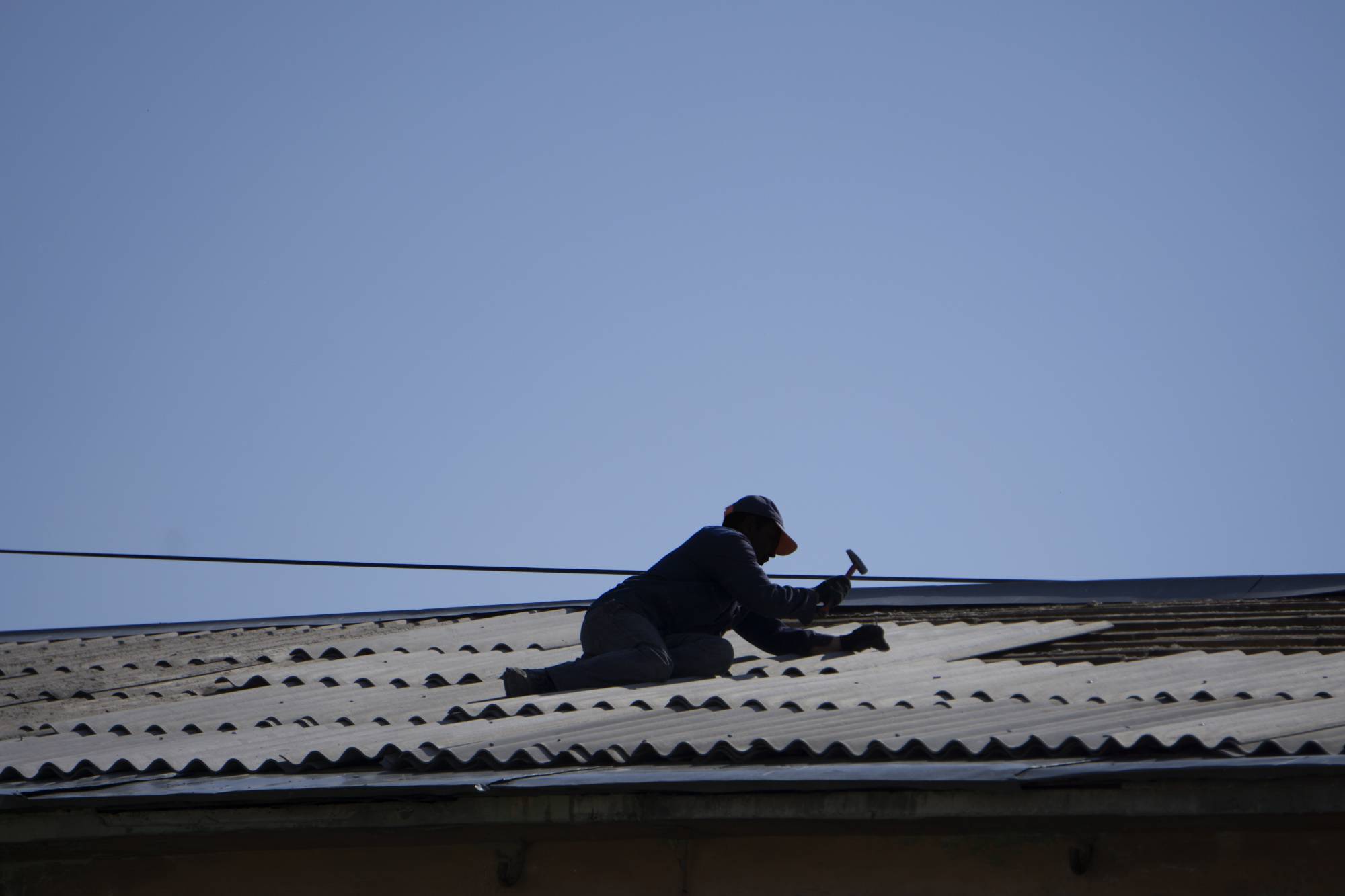Professional chimney leak repair that actually fixes the problem instead of covering it up with temporary patches.

Hear from Our Customers

When your chimney leak is properly fixed, you stop worrying every time it rains. No more water stains spreading across your ceiling. No more wondering if that small drip is turning into expensive structural damage behind your walls.
You get back to enjoying your fireplace instead of stressing about it. Your home value stays protected, and you avoid the nightmare of discovering major water damage months later when a small problem could have been fixed affordably today.
The constant anxiety about what that leak is really costing you disappears completely.
We’ve been solving chimney problems throughout Bristol County for years. We understand how Massachusetts weather hits chimneys hard – the freeze-thaw cycles that crack flashing, ice dams that force water under shingles, and heavy spring rains that reveal winter damage.
Our technicians are fully trained and insured. We’ve repaired hundreds of North Easton chimneys, from century-old colonials near Borderland State Park to newer homes in Langwater developments. Each area has its own challenges based on roof design, tree coverage, and exposure to prevailing winds.
We fix the actual cause of your leak, not just the symptoms you can see.

First, we inspect your entire chimney system to find where water is actually getting in. Most leak problems aren’t where you think they are. We check the flashing, chimney crown, cap, and masonry to identify every potential entry point.
Next, we explain what we found and give you a clear price for fixing it properly. No surprises, no upselling on things you don’t need.
Then we make the repairs using quality materials that can handle North Easton weather. We use proper layering techniques for flashing, durable sealants, and materials like copper or specialized steel that last decades, not years.
When we’re done, your leak is actually fixed – not just temporarily patched.

Ready to get started?
Our chimney leak repair covers everything needed to solve your water problem permanently. We repair or replace damaged flashing using proper installation methods that prevent ice dam backup. We fix chimney crowns that have cracked from Bristol County’s freeze-thaw cycles. We install or repair chimney caps designed to handle our heavy snow loads.
For North Easton homes, we pay special attention to the unique challenges of this area. Properties near the Hockomock Swamp deal with higher humidity that accelerates masonry deterioration. Homes on higher ground face stronger winds that can lift flashing edges.
We also waterproof masonry when needed and can apply advanced products like FlashSeal that provide seven years of flexible, waterproof protection. Every repair is designed to handle the specific weather challenges your chimney faces in Bristol County.
